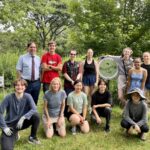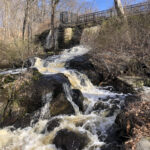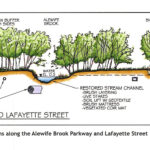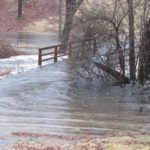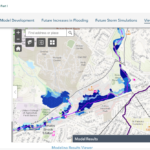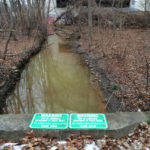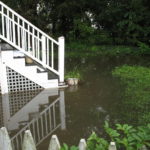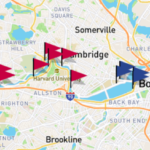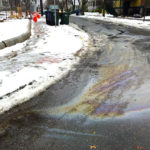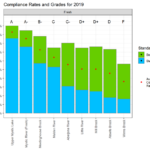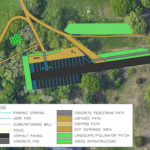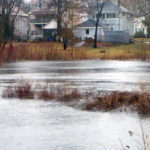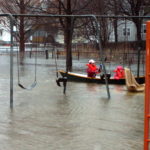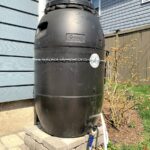
By Dean Hickman I have seven rain barrels, three around a detached garage and four around the house. Needless to say, I am a proponent of the humble rain barrel. These barrels collect water when it rains and provide “soft” chlorine-free water for the garden, including my fruit and vegetable plots when it’s dry. Some folks even wash their cars and windows with collected rainwater. Rain barrels include a spigot so you can access the water, and a mesh mosquito barrier. Rain barrels are not only a water conservation tool; using rainwater instead of your domestic water supply will also [READ MORE]


